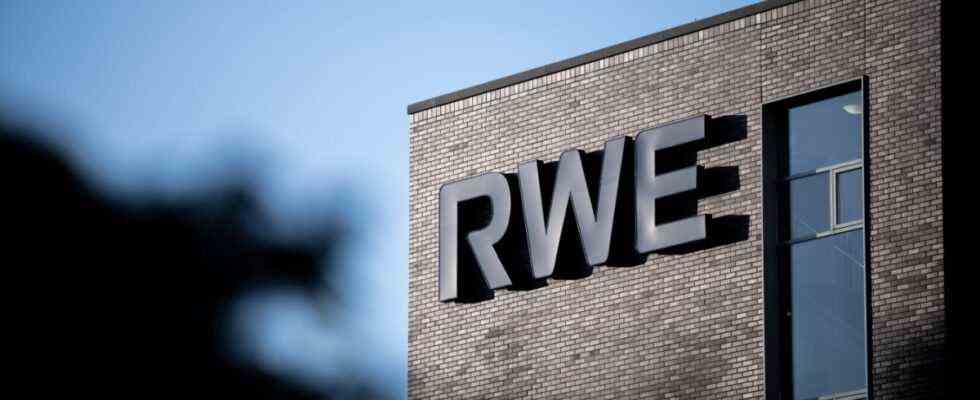Energy prices are high, industries are recovering from the Corona crisis, but the wind was comparatively weak: RWE’s coal and nuclear power plants – actually discontinued models – benefited from this constellation in the first three quarters of this year. Germany’s largest electricity producer reports a profit of a good billion euros for the months from January to September, almost 30 percent more than in the same period of the previous year.
RWE owes this primarily to conventional power plants and trading in energy, while its own wind farms were weakening. “We performed better in the first three quarters than in the previous year, despite weather-related losses,” says CFO Michael Müller. This is primarily due to “good business in energy trading”. The so-called traders of the group trade in a manner similar to the stock exchange with electricity, gas and raw materials as well as with CO₂ emission rights.
If you look at which power plants RWE used to generate how much electricity in the nine months, then the DAX company is still primarily a gas, coal and nuclear power plant. Just under a fifth of the electricity generated by RWE came from wind and solar parks, hydropower or biomass power plants. However, so far this year there has been comparatively little wind in Europe. In addition, an exceptional freezing cold at the beginning of the year temporarily paralyzed RWE wind farms in the south of the USA.
Coal piles come under pressure
Nevertheless, the Essen-based company’s power plant park has already changed – and will continue to change: the last nuclear reactors in this country are to go offline by the end of next year. In addition, Germany wants to gradually end the climate-damaging coal-fired power generation by 2038 at the latest; the probable future federal government made up of the SPD, the Greens and the FDP wants to “ideally” bring this exit forward to 2030, according to the exploratory paper. With the lignite opencast mines and power plants in the Rhineland, RWE is one of the largest CO₂ emitters and enemy of the climate movement in Europe.
In principle, coal piles are also coming under economic pressure, as emission certificates for greenhouse gases in the European Union are tending to become increasingly scarce and expensive. However, power plant operators can also buy such emission rights in advance. According to its own information, RWE has protected itself against rising CO₂ prices until 2030.
Nevertheless, according to its own admission, RWE wants to invest almost exclusively in renewable energies. For example, the group is building more and more wind turbines in the USA and France – or solar parks in southern Europe. And he is increasingly making his money with “green” energy. In the first three quarters, for example, coal and nuclear power plants accounted for no less, but also no more than around 30 percent of RWE’s profit before interest, taxes, depreciation and amortization.
Next Monday, the board of directors around the new boss Markus Krebber will then announce how they want to further develop the company’s strategy. “The current decade is crucial on the way to climate neutrality”, RWE already shares this insight in the invitation to the so-called Capital Markets Day.

